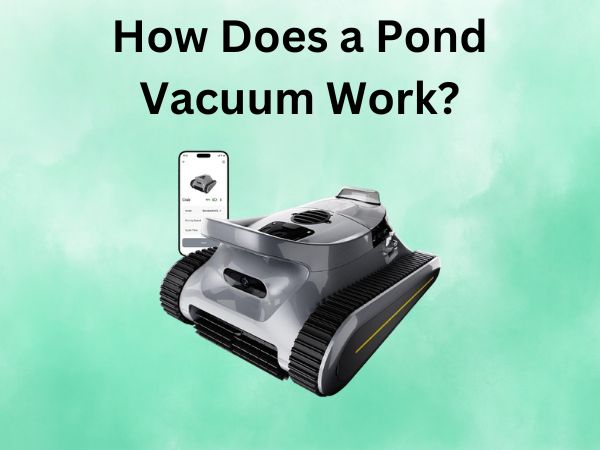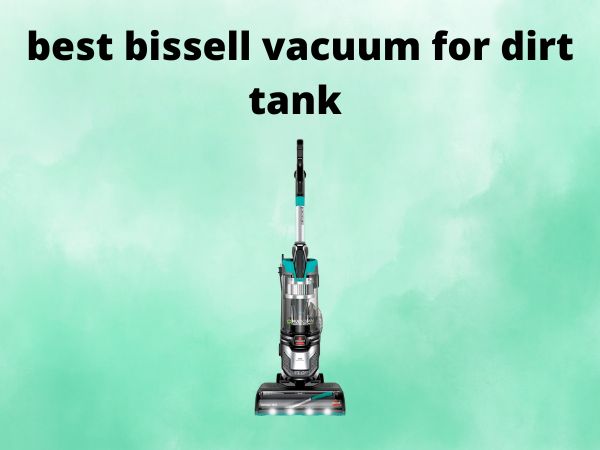How Does a Pond Vacuum Work? Explained for Beginners
Table of Contents
How Does a Pond Vacuum Work?
If you’ve ever gazed at a murky pond and wondered how on earth to tackle all that gunk, you’re certainly not alone. Ponds, with their serene allure, require regular maintenance to remain a picturesque element of your landscape. This is where a pond vacuum steps in like a knight in shining armor. Curious about how it all works? Let’s dive into the fascinating world of pond vacuums!
Understanding the Basics
Imagine a vacuum cleaner for your floors—now add some waterproof magic and you have a pond vacuum. But how exactly does it perform its watery wonders? Let’s explore.
What is a Pond Vacuum?
A pond vacuum is a specialized tool designed to suck up debris from the bottom of ponds, fountains, and water gardens. It’s like giving your pond a deep cleanse, removing sludge, leaves, and detritus that accumulate over time and hamper clarity.
The Vacuum Mechanism
The operation is quite simple. A pond vacuum consists mainly of a motor, suction hose, and collection bag. The motor creates suction, drawing debris and dirty water from the pond through the hose and trapping large particles in the collection bag.
Power Source
Pond vacuums can be powered by electricity or manual labor, like a good old manual pump. Electric variants offer more powerful suction while manual types are often more budget-friendly.
Types of Pond Vacuums
Choosing the right pond vacuum feels like picking a trusty sidekick. Here’s a quick rundown of the various types:
- Manual Pond Vacuums – Operated by hand, suitable for small jobs and shallow ponds.
- Electric Pond Vacuums – Powered and automatic, great for larger ponds with heavy debris.
- Wet and Dry Vacuums – Multi-function vacuums that can work both above and below water surfaces.
The Inner Workings of a Pond Vacuum
Suction Power and Its Role
At the heart of a pond vacuum is its suction power. Compare it to a gentle tornado—it pulls in water, sludge, and debris, sparing your arm the tedious task.
Filtration Systems Explained
Almost like a bouncer at a club, the filtration system ensures only clean water gets to cycle back into the pond. It filters out larger debris, allowing clear water to pour back gracefully.
Two-Stage vs. Single-Stage Filtration
Some vacuums come with a single-stage filtration which is straightforward but others sport a two-stage system for a thorough clean – think of it like double-strained coffee!
Pond Vacuuming in Action
Pre-Operation Setup
Much like gearing up for a road trip, preparation is key. Set up your pond vacuum by ensuring the hose is securely attached, the filter is clean, and the collection bag is in place.
Diving into the Cleaning Process
Slow and steady wins the race. Glide the vacuum over the pond base and walls, keeping it close enough to pick up debris without disturbing your pond’s dwellers.
Post-Operation Tips
Once the pond gives a clearer reflection, it’s time to wrap up. Clean the filters, empty the collection bag, and pat your vacuum machine like a grateful steed!
Benefits of Using a Pond Vacuum
Why should a pond vacuum be your go-to tool? Let’s unearth the gold:
- Provides crystal-clear water which enhances your pond’s aesthetic appeal.
- Prevents harmful algae blooms which can be detrimental to aquatic life.
- Reduces the buildup of organic matter, cutting back maintenance frequency.
Choosing the Right Pond Vacuum for You
Selecting the perfect pond vacuum is like finding the right key to a lock. It’s about compatibility and need.
Factors to Consider
- Pond Size – Larger ponds require more powerful vacuums for effective cleaning.
- Type of Debris – Consider whether your pond struggles with leaves, algae, or sludge.
- Budget – Pond vacuums vary widely in price. From economical to high-end, there’s something for every wallet.
Top Brands and Models
Just as in the world of cars, certain brands stand out:
- Oase Pondovac – Known for their durability and power.
- Matala Power-Cyclone – Offers sophisticated dual-motor technology.
Conclusion
A pond vacuum is a bit like your pond’s best friend, always ready to lend a hand—or rather, a suction hose. By making routine pond cleaning a breeze, it lets you enjoy the beauty of your aquatic paradise without the fuss. Whether your garden oasis is a small decorative feature or a sprawling water garden, a pond vacuum is an invaluable tool that promises clarity, health, and peace of mind. Let it transform your murky waters into a sparkling triumph!
Frequently Asked Questions
What happens to the debris collected by a pond vacuum?
The debris is typically filtered into a collection bag or container, which can then be disposed of in the compost or trash, depending on its composition.
Can I use a pond vacuum on a pool or fountain?
Yes, pond vacuums can also clean pools and fountains, adapting to different water bodies due to their versatile design.
How often should I clean my pond with a vacuum?
During peak seasons when debris accumulates rapidly, monthly cleanings are advised. Otherwise, quarterly vacuuming should suffice for routine maintenance.
Is it safe to use a pond vacuum with fish in the pond?
Absolutely, pond vacuums are safe for fish as long as the vacuuming is done gently and the fish are not disturbed by the suction process.
Do pond vacuums help with algae control?
While pond vacuums do not directly control algae, they help by removing organic debris that fuels algae growth, thus indirectly minimizing algae proliferation.




